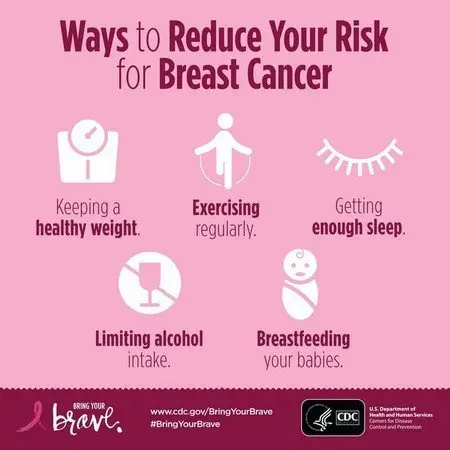
The 4 Most Important Food Safety Rules To Follow When It Comes To Refreezing Foods
We are alllll about freezing foods. Not just do frozen foods aid create 47 percent much less food waste contrasted to cooled food, however they’re a fantastic way to consume healthy and balanced on a budget while delighting in good-for-you foods that might be out of season. Plus, no one really wishes to consume dinner party leftovers for a week right– however that frozen chili or mashed potatoes will certainly be sounding * quite * scrumptious come April.
All of this being stated, if a thing has currently been frozen and defrosted, there are a few vital icy food safety ideas to keep in mind when it involves refreezing.
4 icy food security suggestions that will certainly maintain your priceless leftovers devoid of bacteria (and equally as delicious as they were on day one).
1. For optimum flavor, freeze foods rapidly and also in small batches.
First, a note regarding preference. Normally, the quicker something freezes, the much better the quality will be. When you ice up foods in little batches (e.g. when you fill freezer-safe containers with much less than 2 inches deep of leftovers), this is more assisted. When food is iced up, cell walls are fractured and dampness gets away, which impacts taste. Subsequent cold sessions will certainly further damage down cell walls, so even though meat as well as fish refreeze extremely well, don’t anticipate that filet mignon to be loaded with buttery soft taste the third go-around.

2. How you thaw your food affects whether or not you can refreeze it.
You’ll intend to be very aware about exactly how you thaw your icy food before you also think of refreezing it.
When defrosting icy foods, make use of the refrigerator, cold water, or the microwave; stay clear of thawing at room temperature level whatsoever expenses. “According to the FDA, bacteria naturally found in foods can increase quickly in unrefrigerated food, hence it’s harmful to let food thaw at area temperature level,” claims Tamika D. Sims, PhD, senior director, food modern technology interactions at the International Food Information Council. “Foods defrosted in a microwave should then take place to be cooked right away. Nonetheless, if you thaw food in the fridge, you can save it there as recommended by the FDA.”.
Foods that have been cooked after thawing can be refrigerated or re-frozen but, as stated, there might be a loss of quality as a result of the wetness lost via thawing.
These guidelines apply to icy raw items like poultry or steak in addition to previously frozen prepared foods. The firm recommends refreezing leftovers within 3 to 4 days– simply make certain they are wrapped safely in foil or in a freezable closed container.
3. Don’t freeze foods that have remained for more than two hours.
Not all products are level playing field to refreeze. The FDA recommends to never ever refreeze any foods left outside the refrigerator much longer than 2 hours; one hr in temperature levels over 90 ° F. They additionally advise discarding any kind of foods that have been infected by raw meat juices.
4. Stay clear of freezing tinned goods or refreezing juice concentrates.
Sims likewise underlines that canned goods are high on the list of products never ever to re-freeze– or perhaps freeze. “This is mainly due to the fact that the can product packaging is not made to be iced up, and cold can warp the can and make the food inside at risk to contamination from the outdoors setting,” Sims claims. “If the canister is unintentionally frozen, you can thaw it in the fridge and afterwards search for indications of contamination. However, if there is any type of question, it is best to toss the food out.” Finally, juice concentrates can develop germs swiftly, so if you thaw a lot of, ideal to welcome good friends over for shakes.
Finally, bear in mind that just because something can be refrozen, doesn’t indicate that it should. We’ve yet to listen to anyone rave about triple icy bread– just sayin’.



